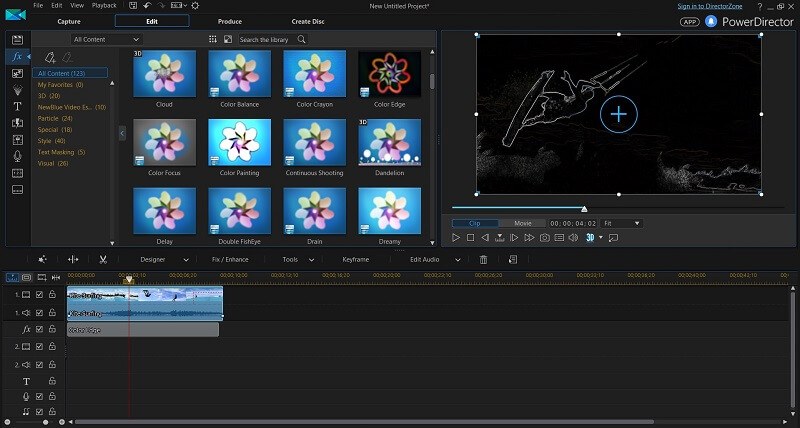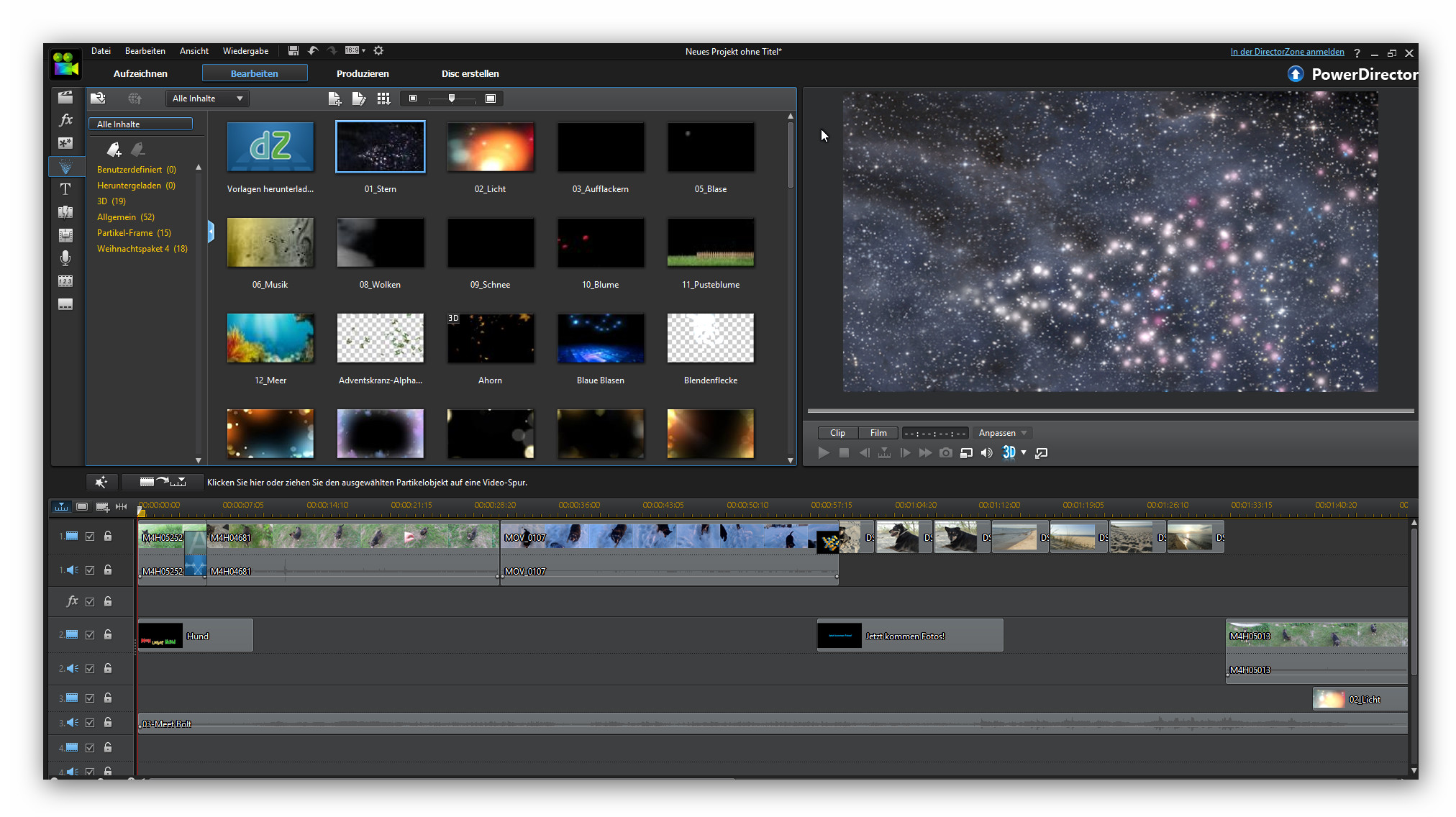Cyberlink Powerdirector 12 Slideshow Templates Download

In the past year or two, the amateur video landscape has advanced considerably, and CyberLink's consumer is usually among the first with support for new formats. Before 4K content could be shot on most smartphones PowerDirector supported it. Now we're starting to see 360-degree video and new high-efficiency codecs like H.265, and once again CyberLink is in the vanguard. And it's still loaded with tools that help you put together a compelling video, complete with transitions, effects, and titles. It handles the standard trimming, joining, and overlaying of clips and effects with aplomb.

PowerDirector's fast, powerful video-editing tools make it the prosumer video editing software to beat. For longtime, diehard PowerDirector users, here's a rundown of new feature highlights in version 16, reviewed here. Windows 7 Beta Iso Torrent. I'll discuss and evaluate each in the appropriate sections below.
• New 360-degree video editing tools: stabilization, motion tracking, titles, transitions, and View Designer for cool effects like the 'little planet.' • Color tools: color matching, LUT (lookup table) filters, split toning, and HDR effects. • Video collages, featuring animated picture-in-picture templates. • Automatic audio ducking to lower background sound levels when subjects are speeking. Pricing and Installation. PowerDirector runs on Windows 7 through Windows 10, with 64-bit versions recommended.
You can try out the software with a 30-day downloadable trial version that adds brand watermarks and doesn't support 4K. Two editions of the standalone video editor are available, the $99.99 Ultra and the $129.99 Ultimate, reviewed here. (Note that those prices are often discounted. Download Free Liebermann Piccolo Concerto Pdf Files. ) Another option is to bundle it with CyberLink's ColorDirector, AudioDirector, and in the Director Suite bundle, which lists for $299.99. The higher-end options add loads of third-party special effects from the likes of BorixFX, NewBlue, and proDAD. To see exactly which is in each edition, go to. You can also get the complete suite for a subscription at $49.99 for three months or $99.99 per year.
The pricing is competitive with that of Premiere Elements' $99.99, Corel VideoStudio's $99.99, and our Mac Editors' Choice for video editing, Apple Final Cut Pro's $299.99. The program's user interface is about as clear and simple as a program with such a vast number of options can be, but it can still get overwhelming when you're deep in the weeds of fine-tuning video or audio effects.
View PowerPoint Presentation on Portable Devices. PowerPoint on Mobile Phone. PowerPoint on iPhone. PowerPoint on iPod. PowerPoint on Pocket PC. PowerPoint on PSP. PowerPoint on BlackBerry. PowerPoint to Xbox 360. PowerPoint to Apple TV. PowerPoint on Microsoft Zune. PowerPoint on Creative Zen.
It's not quite as unintimidating as of, however. You start off in a Welcome screen offering big button options of Timeline Mode, Storyboard Mode, and Slideshow Creator. Two choices below those include Auto Mode and 360 Editor—all these modes are self-explanatory.
If you don't need or want all these choices every time you start the program, a simple Always Enter Timeline Mode checkbox is for you. On this welcome screen, you can also choose your video project's aspect ratio—16:9, 4:3, and (new for this version) a 9:16 tall mode, since some people never seem to learn to hold their phones sideways for videos.
The PowerDirector editing interface maintains the traditional source and preview split panels on the top, with your track timeline along the whole width of the bottom of the screen. The storyboard view is more than just clip thumbnails. You can drag transitions between clips, apply effects, and add audio clips without switching to timeline view. I also like the buttons at the top for showing just video, just photos, or just audio in the source panel. Four mode choices line up at the top: Capture, Edit, Produce, and Create Disc.
The timeline is easy to customize and navigate, with a button for adding tracks. You're allowed up to 100. Limits you to 20, which is already probably more than most people need, though not enough for high-end projects. By default, you get three pairs of video and audio tracks with Cyberlink, as well as effects, title, voice, and music tracks. You can lock, disable/enable view, or rename tracks from the left track-info area, and you can even use drag and drop to move them up and down on the timeline. Zooming the timeline in and out is also a snap, either with Ctrl-Mouse wheel or a slider control.
Basic Video Editing As with most nonlinear video editing software, you join and trim clips on the timeline. CyberLink has changed the default timeline behavior a bit with this release: Instead of a clip firmly snapping next to an existing clip on the timeline, when you drag one onto the timeline, you're likely to overlap with the existing clip to the left. You get a tooltip with five options: Overwrite, Insert, Insert and Move All Clips, Crossfade, and Replace. If you use the Insert button that appears below the source panel when you select a clip, you can get your clip lined up without any fuss. The Trim tool (opened with a scissors icon) allows precise control (down to the individual frame) with two sliders, and the multi-trim tool lets you mark several In and Out points on your clip—a useful tool for cutting out the chaff.